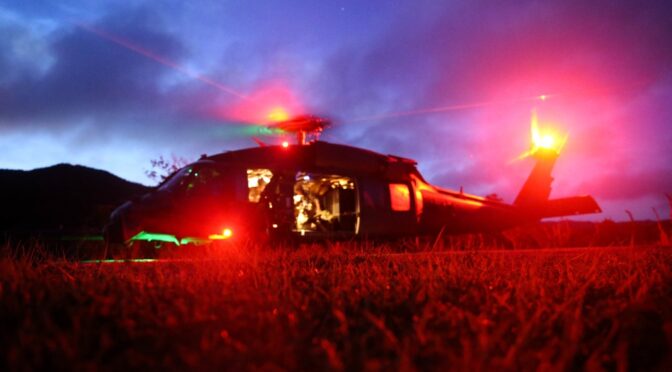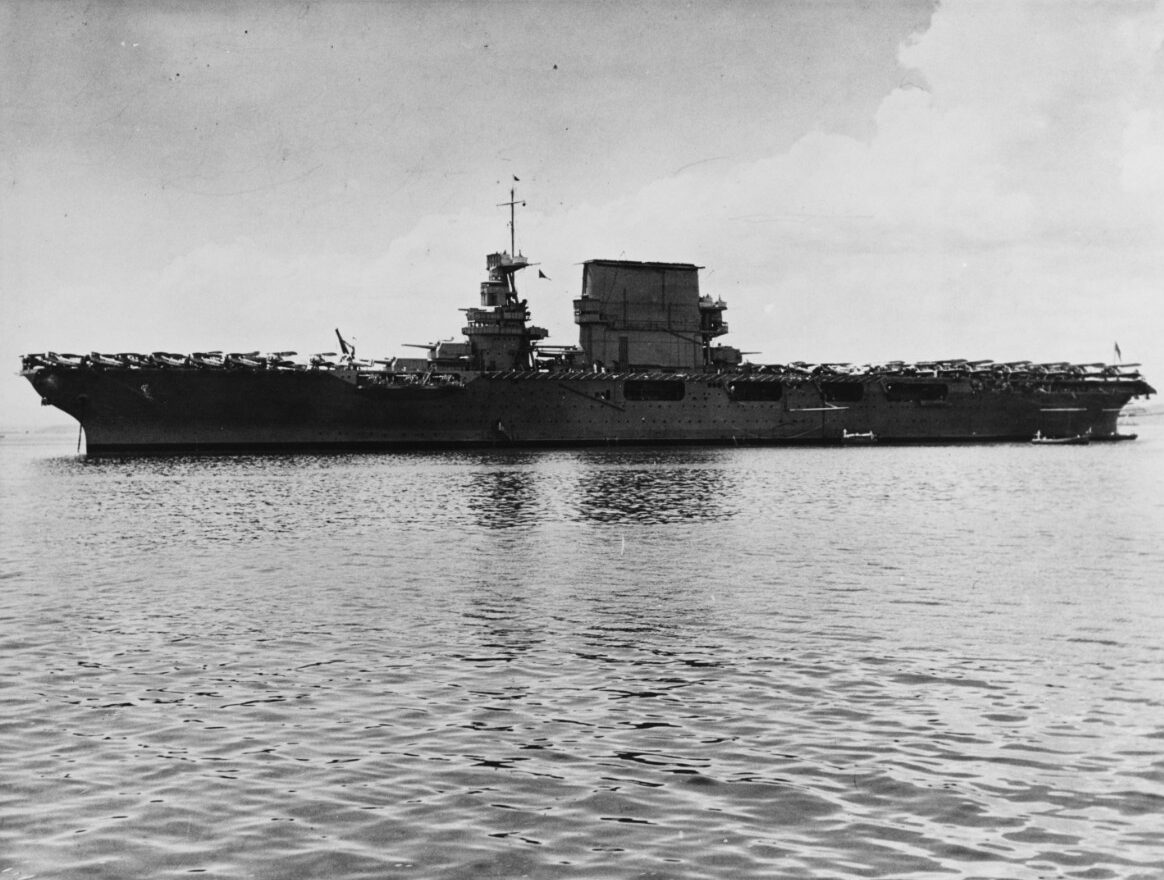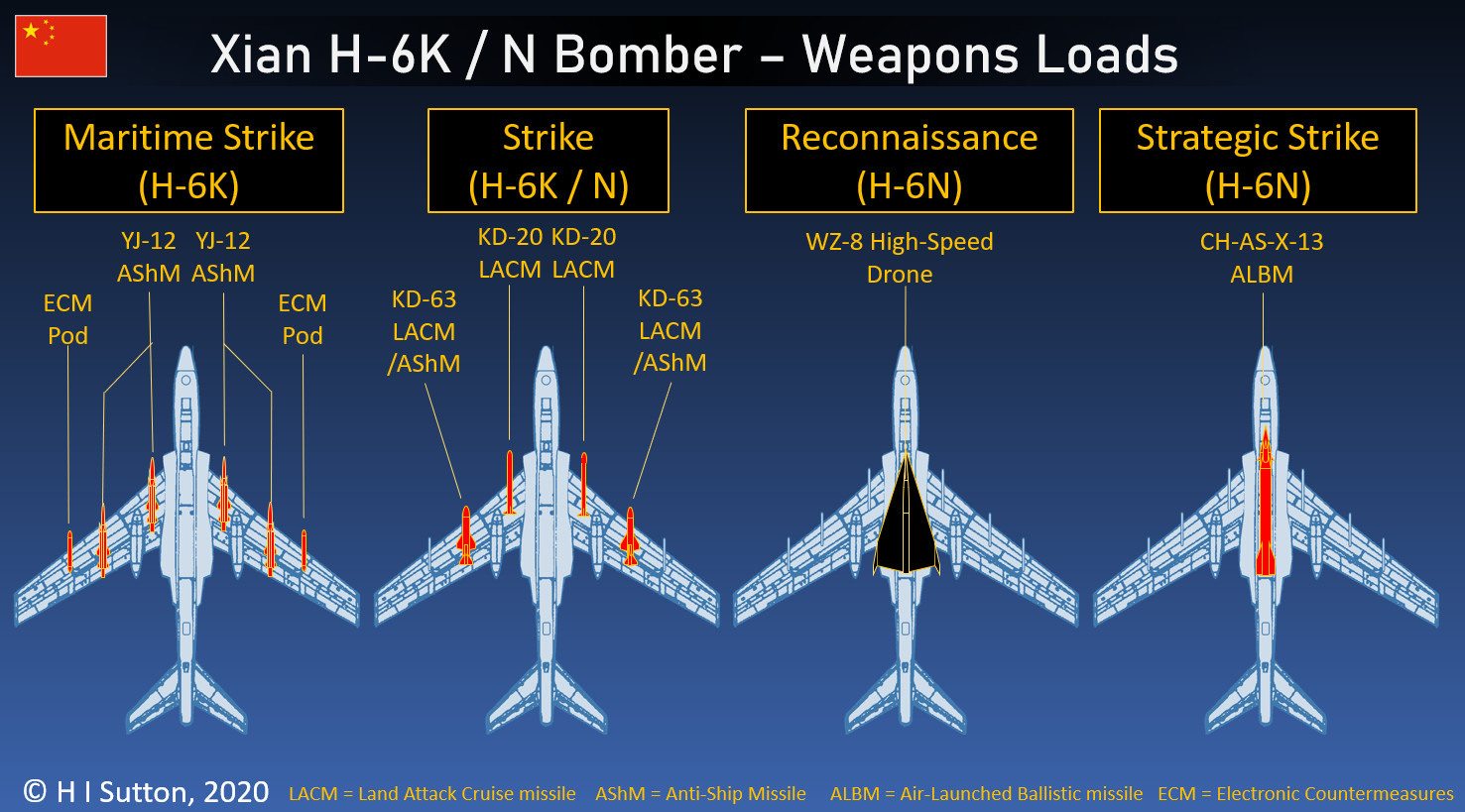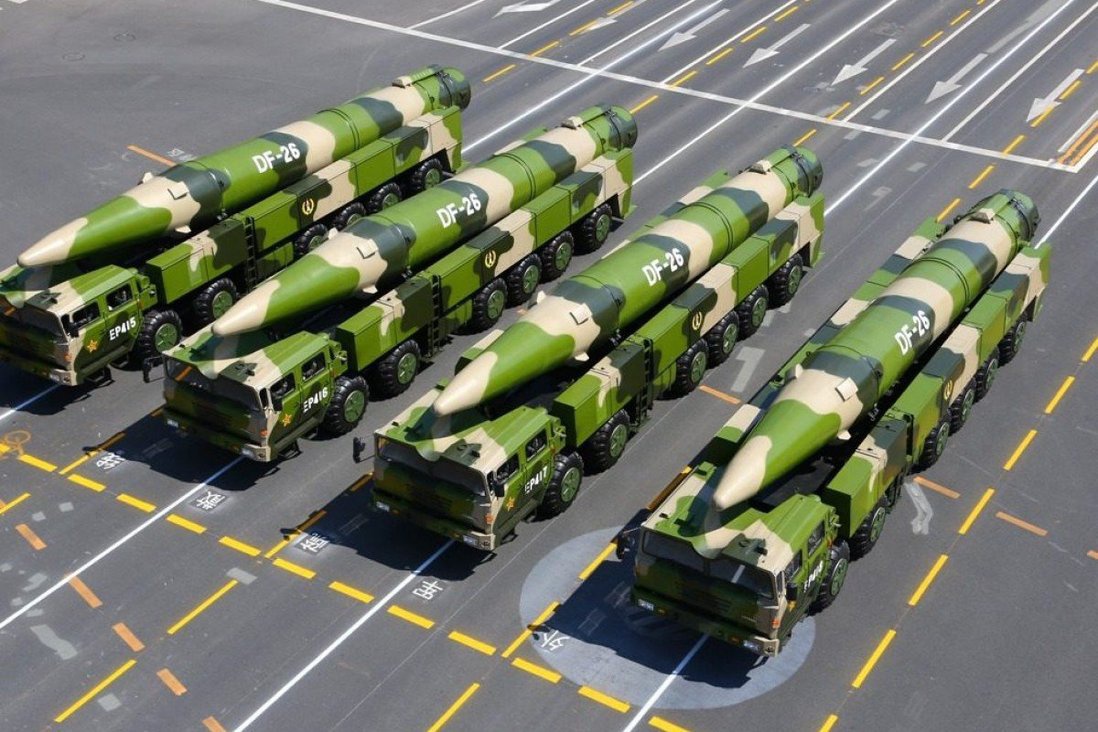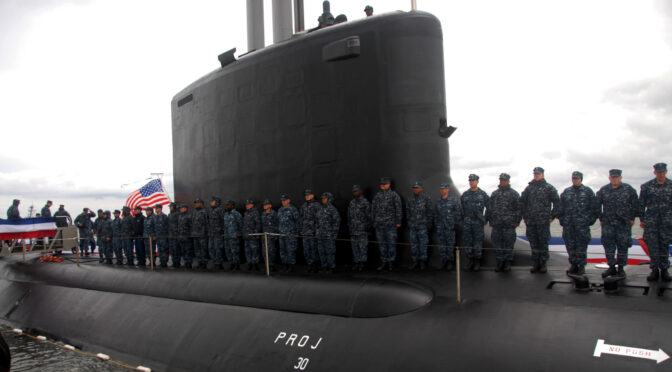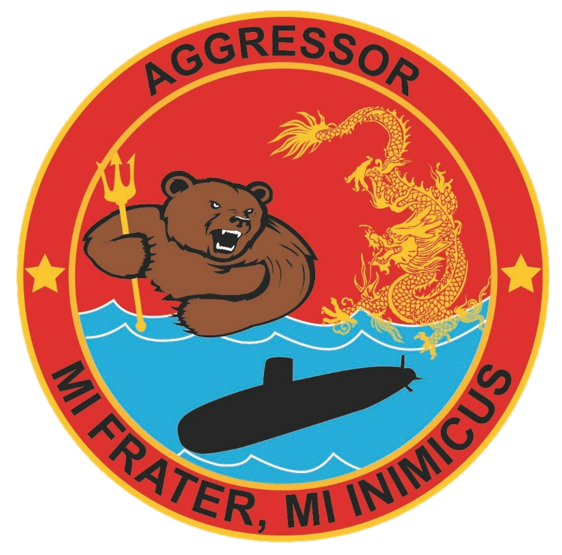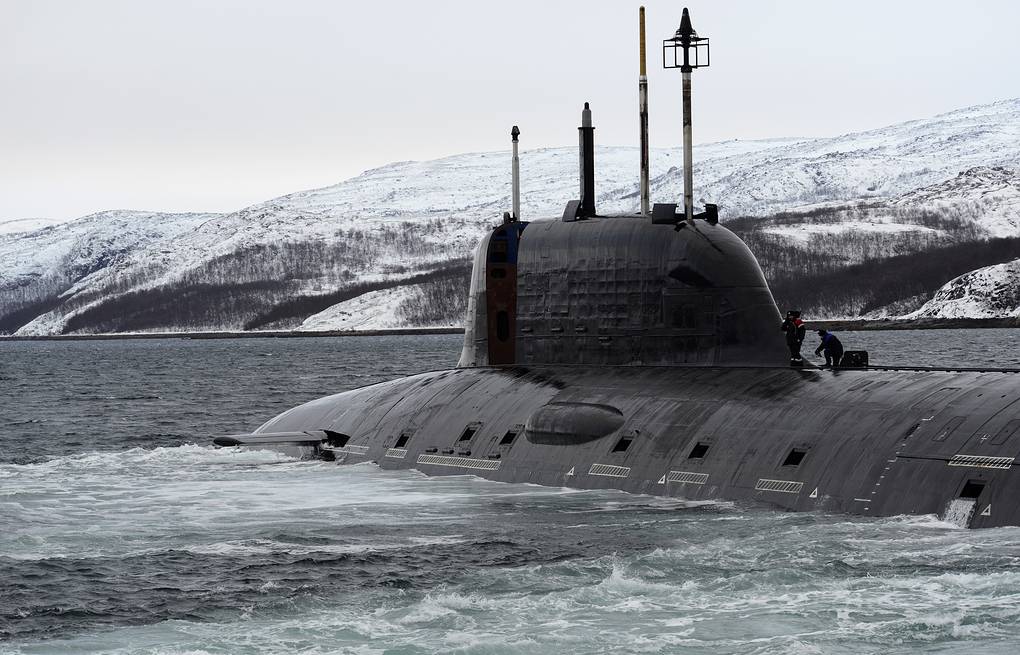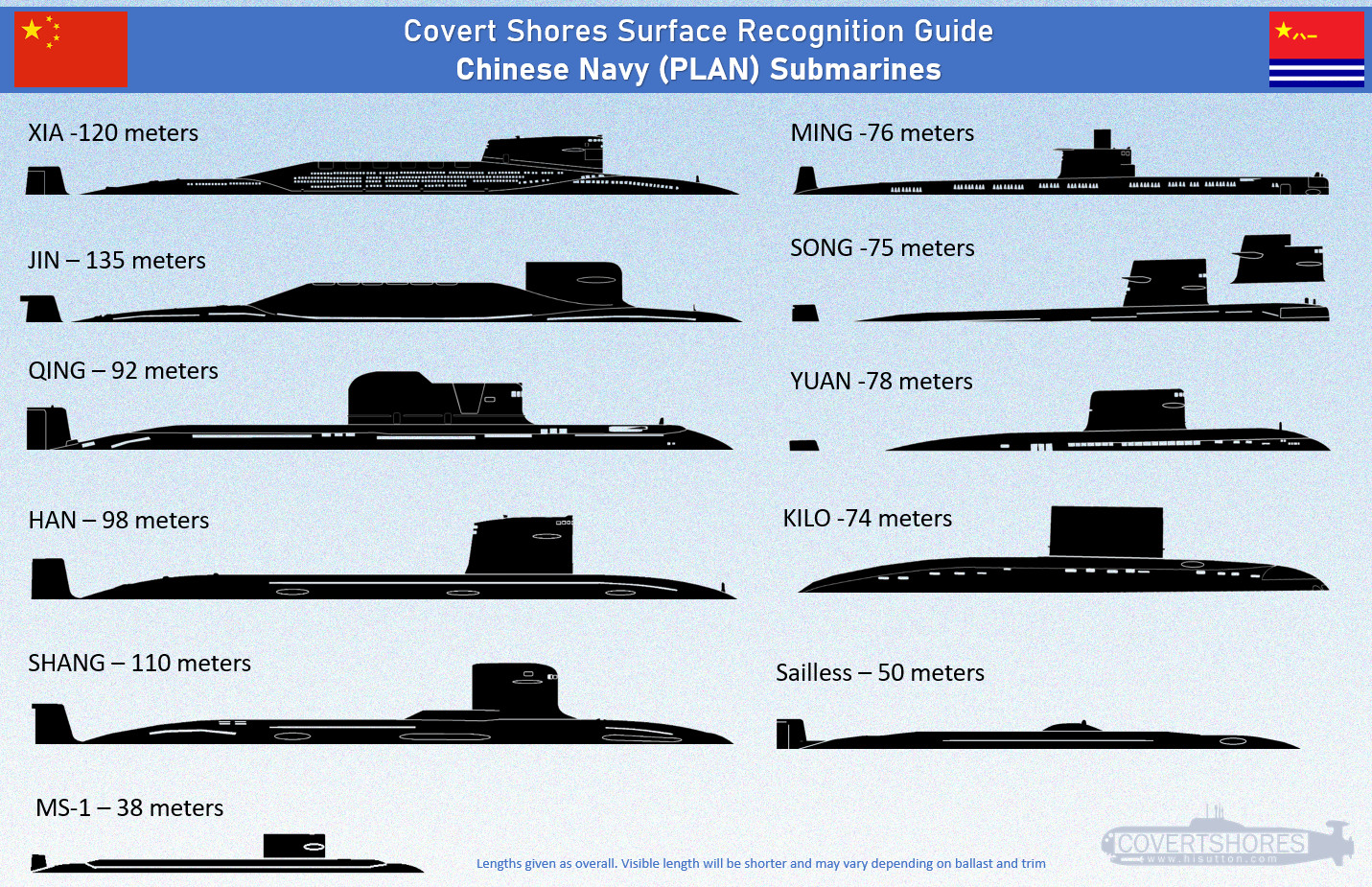By Will McGee
In March 2020, the Commandant of the Marine Corps released Force Design 2030, the strategy outlining structural changes to the Marine Corps operating forces. It is intended to re-orient the Marine Corps towards its traditional role as a naval amphibious force working in tandem with the Navy to project power ashore, after two decades of expeditionary non-maritime campaigns. The major changes outlined in Force Design primarily deal with investment/divestment decisions for the Aviation and Ground Combat Elements, driven by the modern warfighting concepts articulated in the joint Navy and Marine Corps’ Littoral Operations in a Contested Environment, and the Marine Corps’ Expeditionary Advanced Base Operations.1 Force Design 2030 does not contain specific guidance for the Marine Corps Intelligence Community as it deals mostly with altering the structure of the major components of the operating forces to act as “a landward complement to Navy capabilities” through the provision of “mobile, low-signature sensors.”
At the crux of these concepts is the development of a network of sensors to provide battlespace awareness to the fleet, and so it implies that naval integration: the ability for the Navy and Marine Corps information warfare communities to work together seamlessly, is a prerequisite for the operating concept’s success. This integration cannot be ‘surged’ once the war begins. Instead, systemic change is required of both services to ingrain habits of cooperation in peacetime garrison operations so that they can be relied upon to seamlessly work together when deployed. How can the Marine Corps intelligence community better integrate with the Navy to create a joint naval intelligence enterprise?
Operating Concepts Review
As noted in the joint 2017 Littoral Operations in a Contested Environment (LOCE), since at least 2006, successive Chiefs of Naval Operations and Commandants of the Marine Corps have called for closer cooperation and integration between the two services.2 LOCE outlines supporting concepts to facilitate this integration: Marine Air Ground Task Force (MAGTF) integration into the Composite Warfare Construct (CWC), possibly as the Expeditionary Warfare Commander or Strike Warfare Commander; creation of joint blue-green fleet/JFMCC staffs; the development of Littoral Combat Groups task-organized with additional capabilities based on an assessment of projected employment; and additional areas of exploration for future experimentation, specifically, Expeditionary Advanced Bases. Inclusion of the Marine Corps in the CWC would allow for the MAGTF to be used as another element of the maritime force, tasked by the warfare commanders like any other Navy asset.
The Marine Corps corollary to Littoral Operations in a Contested Environment, Expeditionary Advanced Basing Operations, envisions bases that provide “land-based options for increasing the number of sensors and shooters beyond the upper limit imposed by the quantity of seagoing platforms available.” Put more generally, the idea is that groups of Marines would be emplaced on shore to support fleet operations by providing a base from which to collect information, conduct follow-on actions like refueling and rearming, or (once counter-ship systems have been acquired) control areas of key maritime terrain.3
By distributing forces across geographically disparate locations, these concepts hope to increase the capability for the naval services to survive and project power in less-than-friendly environments. Both concepts call for close integration between the Navy and Marine Corps and both use “sensor” emplacement as one of the reasons for the new operating concept. LOCE calls for “[the creation of] a modular, scalable, and integrated naval network of sea-based and land-based sensors, shooters, and sustainers that provides the capabilities, capacities, and persistent yet mobile forward presence necessary to effectively respond to crises, address larger contingencies, and deter aggression in contested littorals.”[Emphasis added.] EABO, likewise, uses land-based sensors as an argument for the emplacement of expeditionary bases, specifically to “position naval ISR assets”[emphasis added] and “provide expeditionary surface scouting/screening platforms.”
The structural changes outlined in Force Design 2030 were driven by these operating concepts, with the stated purpose to “equip our Marines with mobile, low-signature sensors and weapons that can provide a landward complement to Navy capabilities for surface warfare, antisubmarine warfare, air and missile defense, and airborne early warning.” The Commandant of the Marine Corps specifically calls for future planning and experimentation to “focus on capabilities required to satisfy approved naval concepts of DMO, EABO, and LOCE.”4
These concepts envision the use of platforms (DMO), bases (EABO), and a combination of the two (LOCE) to emplace sensors creating a network of information-collecting devices that develop battlespace awareness and inform the estimate of the naval commander. Members of the Information Warfare community, particularly intelligence officers, might be more familiar with this idea if its authors referred to it as “collection operations” instead of “sensor emplacement” but the gist is the same. While there are kinetic operational reasons for expeditionary bases and distributed platforms, the increased ability to collect intelligence is one of the most significant arguments articulated for these joint and service concepts. Each document calls for a Navy/Marine Corps amphibious team, optimized for the future operating environments, that can create a network of collection assets to inform decision-makers of the situation. The creation of a seamless network of inter-service intelligence assets will require community-wide integration between the two services. Members of the Navy and Marine Corps must develop habits of action in peacetime garrison operations to enable frictionless employment forward. What is the state of current integration and how can the services be brought closer together?
State of Current Integration: Same Department, Different Services
A brief description of the author’s career will provide a useful example of the current state of integration between the naval intelligence enterprises.
I attended the Ground Intelligence Officer Course at the (then-named) Navy and Marine Corps Intelligence Training Center in the fall of 2015. Even though the Marine Corps instructors were a part of a Marine Detachment in a Navy command and despite the inherently naval nature of the Marine Corps, the curriculum focused on intelligence support to the Marine Corps Planning Process in the context of primarily ground campaigns, and there was little communication with the Navy instructors or students during the course. Although all Navy and Marine Corps training occurred in the same building, the only interactions I had with Navy personnel occurred because my younger brother happened to be in the Navy’s intelligence officer’s course.
Four years later I attended the MAGTF Intelligence Officer Course at the (tellingly) now-retitled Information Warfare Training Center. During this course—the last formal training required of a Marine Corps Intelligence Officer—the only formal interaction with Navy Intelligence personnel was a three-hour lecture by an Amphibious Ready Group Intelligence Officer. It was a great briefing, but nowhere near enough to prepare students to seamlessly operate with the Navy. At no point in the course did we discuss naval operating concepts, Navy intelligence collection assets, or any of the other topics that would prepare the student to quickly and seamlessly integrate with the fleet intelligence enterprise.
When I arrived in the fleet at 2d Marine Division, there were three deployment opportunities: the Marine Expeditionary Unit (MEU), the Unit Deployment Program (UDP), and the Special Purpose Marine Air Ground Task Force-Crisis Response-AFRICOM (SPMAGTF-CR-AF). Only one of these, the MEU, involved interaction with Navy personnel or Navy Intelligence. I deployed on the SPMAGTF-CR-AF, a rotation with tasked mission sets of crisis response and theater security cooperation. This deployment did not require substantive interaction with the Navy or Navy Intelligence personnel. The expectation was that Intelligence Officers in 2d Marine Division deploy once during a three-year tour. This means that roughly only one in three Marine Corps intelligence officers had any experience working in an operational setting with the Navy.
This experience gap was the norm during garrison training also. I participated in four major exercises at the Marine Expeditionary Force, Division, and Regimental levels: MEF Exercise 2016, Bold Alligator 2016 and 2017, and 2d Marine Division’s Large Scale Exercise 2017. Two of these exercises did not include the Navy whatsoever. While Bold Alligator was intended to be an amphibious exercise, during neither iteration did I ever interact with the Navy’s intelligence personnel. At the completion of my tour, I rotated to the supporting establishment.
So, to summarize: none of my Marine Corps training or education has substantively addressed naval intelligence subjects and I have no specific operational experience in maritime operations. I will return to the operating forces next summer and if I am not sent to a billet slated to deploy on the MEU, it is likely that I will be a field grade officer who has spent (exponentially) more time underway as a Midshipman than as a Marine, and worked far more extensively with the Royal Marines than the United States Navy.
My experience is anecdotal, and as such limited to the time and place in which it occurred: II Marine Expeditionary Force from 2015-2018. I am sure I have peers with significantly more naval operating experience than I. The fact, however, that this experience is derived from specific operational employment is indicative of the broader problem: neither of the standard training or career pipelines is deliberately structured to provide joint experience with the other naval service, and as a result, this experience is the exception rather than the norm. Greater integration is required.
Integrating the Naval Intelligence Enterprise
If the stated intent is that the future Marine Corps and Navy operating forces operate seamlessly with one another, the intelligence warfighting function is no different from the rest of the force. Systemic changes are required to further integrate the naval intelligence enterprises. Following are suggestions for ways to more closely align the Navy and Marine Corps efforts.
Service Intelligence Centers
The Commandant’s Planning Guidance describes the separation of the Navy and Marine Corps into two services with distinctly different priorities by stating that “The 1986 Goldwater-Nichols Act, however, removed the preponderance of the [Fleet Marine Force] from fleet operational control and disrupted the long-standing Navy-Marine Corps relationship by creating separate Navy and Marine Corps components within joint forces. Furthermore, Navy and Marine Corps officers developed a tendency to view their operational responsibilities as separate and distinct, rather than intertwined.”5
Nowhere is this more evident than at the Marine Corps Intelligence Activity (MCIA). MCIA was created in 1987 and intended to bridge the gap between the (newly separated from fleet control) Fleet Marine Force and the national Intelligence Community.6 Located in Quantico, Virginia, it currently operates three lines of effort: production of intelligence estimates as required by the supporting establishment, support to the operating forces and intelligence community, and facilitating/coordinating efforts of the Marine Corps Intelligence Enterprise.7 None of these responsibilities seem to be dissimilar from those of the Office of Naval Intelligence (ONI); except that the institutional separation between the two likely limits coordination. Structure drives function. Establish MCIA as a tenant command under ONI and integrate the service level intelligence centers. Space is available—is the old ONI building being used?
Doing so would benefit both organizations. ONI would gain subject matter expertise on intelligence support to ground operations and amphibious operations. MCIA’s production responsibilities involve inherently naval concepts and would likely be better served by close coordination with the nation’s premier maritime intelligence authority. Moving MCIA onto the ONI campus and into its structure would allow for routine interaction by reducing the 90-mile round trip required for in-person collaboration. It would also ease interaction with other members of the intelligence community and the other services’ intelligence centers, most of which are located inside the Washington, DC, beltway.
Since the operating services call for an integrated network of sensors, and the Marine Corps plans to double the number of unmanned aerial vehicles it operates, the cell responsible for processing, exploitation, and dissemination (PED) of intelligence gathered by these vehicles should operate in this proposed structure.8 In the LOCE and EABO constructs, information collected by sensors informs decision-makers of both services and so locating the PED for new Marine Corps ISR at a joint command would represent each service’s equities equally.
Marine Corps and Navy intelligence officers assigned to the proposed MCIA/ONI combination would operate in an integrated naval intelligence structure and return to the operating forces with an understanding of the other service’s threat concerns and enterprise structure, creating a subset of officers with joint naval expertise as a part of their shore tours. Integrating the service level intelligence centers would shift the bifurcated efforts to a mutual comprehensive focus on the maritime domain beginning with the littorals and stretching to the bluewater ocean. Navy and Marine Corps interests are intertwined; why not their intelligence centers?
Personnel Exchange in Equivalent Billets
Since Marine Aviators attend Navy schools, use Navy-funded aircraft, and are held to Navy maintenance and readiness standards, why not standardize the training and employment of Marine Corps Air Intelligence Officers and Navy Aviation Intelligence Officers assigned to squadrons? Once standardized, these personnel could be exchanged for tours with the other service. Marines could deploy as part of a carrier strike group and learn the Navy Intelligence structure; Navy intelligence officers could integrate into the Marine Air Ground Task Force. Precedents exist, as every Marine unit already deploys with Navy medical and religious personnel.
This would only work in Aviation Combat Element billets as these are the most similar between the two services. Marine Corps ground intelligence officers, for example, qualify as infantry officers as part of their training pipeline and so have very different expertise than that expected of Navy intelligence officers. However , since the Marine Corps uses Navy standards and funding for its aviation, formally integrating intelligence support systems should not be difficult, thereby creating a permanent reserve of junior officers who have operational experience in the other naval service.
Analysis Exchange
Formalizing a structure for analytic exchange would integrate the two services by allowing analysts to access products across the integrated enterprises. The Marine Corps already uses the Marine Corps Intelligence Surveillance Reconnaissance Enterprise Knowledge Gateway (MKG). The MKG is an internet portal that resides on secure networks on which analysts upload their products. It allows, for example, an intelligence analyst at III MEF in Okinawa to read the work of analysts at 6th Marine Regiment in Camp Lejeune. Either the Marine Corps could add Navy operational units to the MKG or together the two services could develop a joint architecture for sharing tactical intelligence, enabling seamless integration in garrison and while deployed. Threats are service agnostic. Systems architecture should be as well.
According to the services’ operating concepts, the Navy and Marine Corps intend to operate together seamlessly in a future naval campaign. Since one of the main arguments for these concepts is the creation of a network of sensors to inform decision-makers, the services’ intelligence and information warfare communities are vital to this effort—these communities can lead through deliberate structural change to involve the other service in its enterprise. The Navy and Marine Corps may be two separate services but when the next war kicks off they will be in the same boat.
Will McGee is a student at Yale Law School and currently serving as a Captain in the Marine Corps Reserves. A 2013 graduate of the US Naval Academy, Will earned a Masters of Philosophy in Modern European History at Cambridge University, UK, as a Nolan Scholar, and served eight years as an active-duty Ground Intelligence Officer.
Endnotes
1 United States Marine Corps, Force Design 2030. https://www.hqmc.marines.mil/Portals/142/Docs/CMC38%20Force%20Design%202030%20Report%20Phase%20I%20and%20II.pdf?ver=2020-03-26-121328-460.
2 United States Navy and United States Marine Corps, Littoral Operations in a Contested Environment. https://www.candp.marines.mil/Portals/216/documents/Concepts/LOCE%20full%20size%20edition_0.pdf?ver=2018-05-01-133728-797, page 6.
3 United States Marine Corps, Expeditionary Advanced Basing Operations, https://www.candp.marines.mil/Concepts/Subordinate-Operating-Concepts/Expeditionary-Advanced-Base-Operations/.
4 Force Design, 12.
5 United States Marine Corps, Commandant’s Planning Guidance, https://www.hqmc.marines.mil/Portals/142/Docs/%2038th%20Commandant%27s%20Planning%20Guidance_2019.pdf?ver=2019-07-16-200152-700, page 2.
6 John Brown, Christina Clark, Jorge Miranda, Neri Terry, “Marine Corps Intelligence Activity Military and Civilian Interaction” (unpublished manuscript, June 2011), https://www.hqmc.marines.mil/Portals/133/Docs/MCIA%20Marine%20and%20Civilian%20Interaction.pdf.
7 “Marine Corps Intelligence Activity” https://www.candp.marines.mil/Organization/Supporting-Establishment/Marine-Corps-Intelligence-Activity/.
8 Force Design, 7.
Featured Image: U.S. Army Soldiers with 1st Special Forces Group, 1st Special Forces Command, conduct an extraction during an Expeditionary Advance Base Operation exercise at the Northern Training Area, Okinawa, Japan. (U.S. Marine Corps photo)

